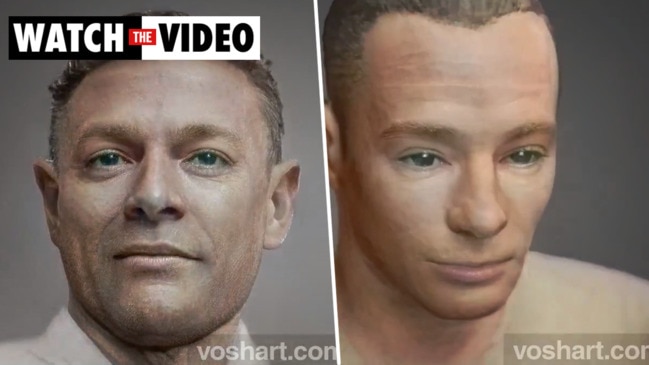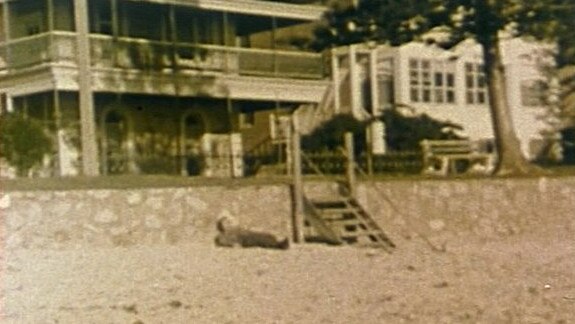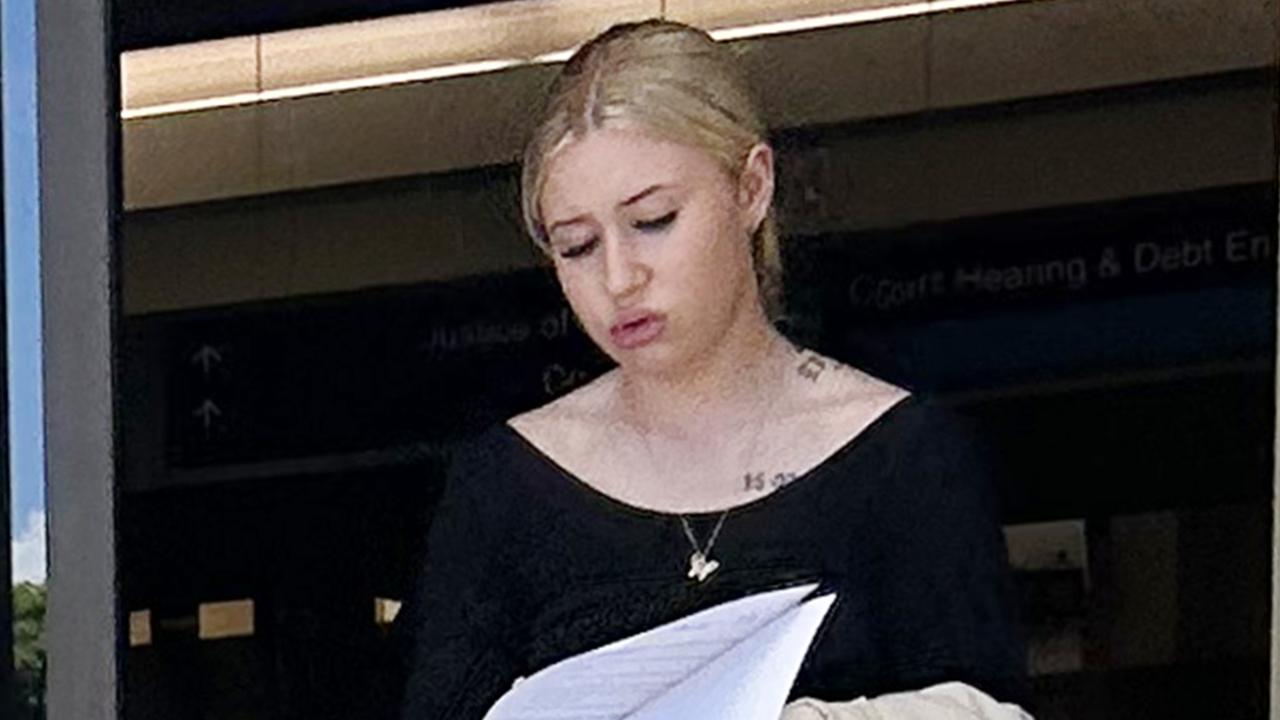Somerton Man: Police given go ahead to exhume skeletal remains for DNA testing
It’s a mystery that has captivated the world, and led to extraordinary theories of Cold War spies, love affairs, and murder. Now police will exhume the Somerton Man’s remains to try to identify him using advanced DNA profiling techniques.

Police & Courts
Don't miss out on the headlines from Police & Courts. Followed categories will be added to My News.
The remains of the Somerton Man, whose death almost 73 years ago is still one of South Australia’s most baffling mysteries, are to be exhumed by police.
Major Crime detectives are hoping advances in forensic technology may enable a DNA profile to be extracted from his remains to identify him and possibly shed light on how he died.
The Advertiser can reveal Major Crime detectives formally applied to Attorney-General Vickie Chapman last month for an exhumation order and it has just been granted.
It is anticipated the exhumation of the Somerton Man, who is buried in the West Terrace Cemetery, will take place in the near future but the timing is subject to Major Crime operational priorities and the availability of forensic experts.
The mystery of the Somerton Man, who was discovered slumped against concrete steps at Somerton Beach early on December 1, 1948, has captivated the public for decades.


The many theories behind the mystery include that he was a Russian spy who was poisoned because of a suspected code written inside a discarded poem book that was linked to the Somerton Man through a small section of page ripped from the book and found in the fob pocket of his pants.
Others are that he was simply an American sailor who travelled to Adelaide to visit a child he had fathered during the war years and died of natural causes or he was a merchant seaman who had overstayed his visit to Australia.
A post mortem failed to provide any conclusive cause of death, but poisoning could not be ruled out. Attorney-General Vickie Chapman said the Somerton Man case was “an enduring mystery which has attracted intense public interest’’.

“This man could be someone’s father, brother or cousin, and those relatives and friends deserve answers,’’ she said.
“Last year, I announced I would approve an application to exhume the Somerton Man’s body if the costs were met by the applicant.
“South Australia Police has since come to me with the funding and an application and I have approved it.
“It means that finally this case, which has been studied, investigated and followed for more than 70 years, will be re-examined and, hopefully, many of the questions surrounding his enigmatic life will be answered.”
Major Crime Investigation Branch officer in charge Detective Superintendent Des Bray said the exhumation was the next step in the lengthy investigation and he hoped it would provide the answers many people had been seeking.



“Technology has improved considerably, giving us the chance to possibly identify the man through his DNA,” Detective Superintendent Bray said.
“I won’t speculate on how this man died, but there may also be potential to establish a definitive cause of death.”
While there were no visible wounds found on the Somerton Man’s body during his post mortem, there has been speculation he may have died of poisoning because no other cause of death was discovered.
It is possible advances in forensic technology may also be able to identify traces of toxins from bone samples that will be examined following the exhumation.

Detectives have waited until now to apply for his exhumation because of the significant advances in forensic DNA technology in recent years that will greatly improve the chances of successfully obtaining a profile.
While the aim of the exhumation is to obtain a DNA profile from the Somerton Man’s skeletal remains, that may prove to be a difficult task. He was embalmed following his post mortem and formaldehyde used in that process is known to degrade DNA.
If a DNA profile can be obtained it could be used to search for a familial match using Australian and international policing and genealogy databases, including those used by Interpol.
Any profile obtained will also be compared to individuals living in SA who claim they may be related to the Somerton Man using familial DNA testing technology.

The exhumation is being conducted as part of Operation Persevere, which covers long-term missing persons and unidentified human remains in South Australia. It runs in tandem with Operation Persist, under which cold case homicides are actively investigated.
The exhumation will be conducted using Forensic Science SA (FSSA) scientific staff and the Adelaide Cemeteries Authority.

“Cases like this are incredibly rare, and require the skills and expertise of our highly experienced forensic anthropologist, pathologists and DNA scientists,” FSSA director Dr Linzi Wilson-Wilde said.
“While there will no doubt be challenges in terms of the degradation of the remains, the team at FSSA will be working tirelessly to help bring closure to this decades-old mystery.”
Retired Major Crime Detective Gerry Feltus, who worked on the Somerton Man case for many years and then wrote a book on the mystery, cautiously welcomed the development.
“If it falls flat, a lot of people will be disappointed, including myself,’’ he said.
Mr Feltus said there was “no definitive evidence’’ to support any scenario and there was a significant amount of misinformation surrounding the case.
“I am satisfied he died of poisoning that has dissipated by the time of the autopsy, but beyond that you can flip a coin as to why,’’ he said.
Over the past decade, there have been numerous calls to exhume the Somerton Man’s remains, with former Attorney-General John Rau twice refusing a request by Adelaide University professor Derek Abbott, who has been researching the case for more than a decade and claims it is possible he is married to the Somerton Man’s granddaughter, Rachel.




